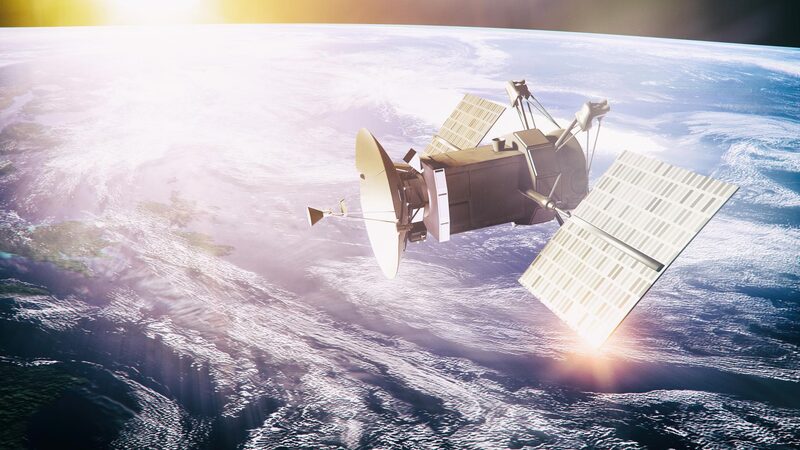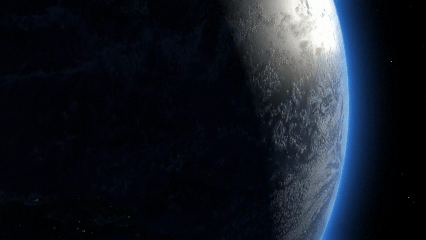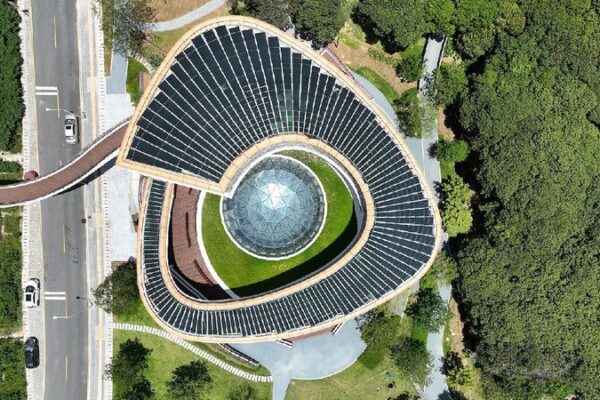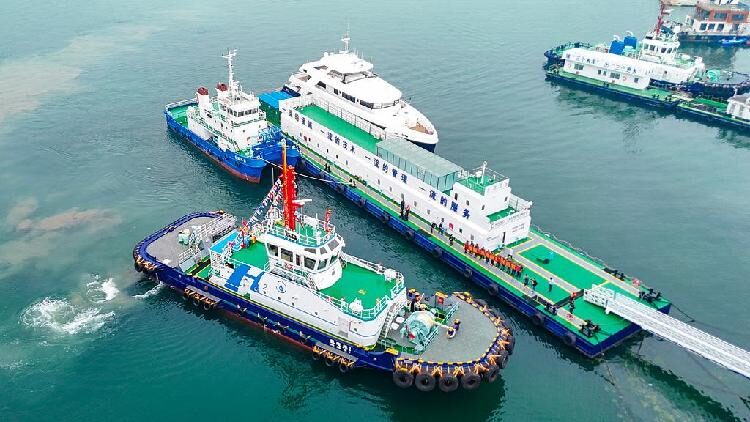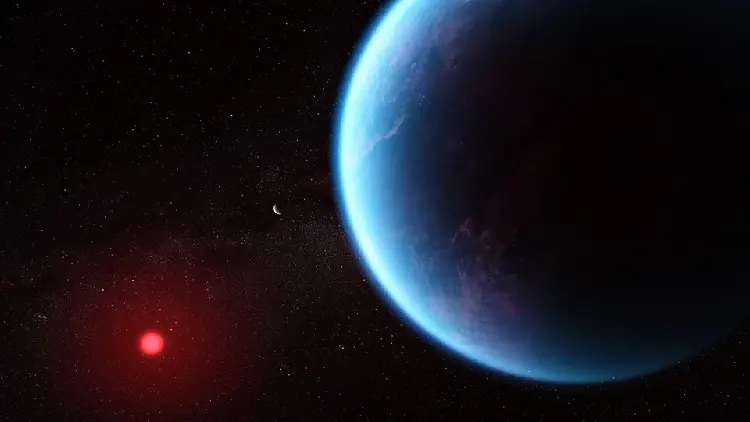Greenhouse gas emissions aren’t just affecting life on Earth—they’re also changing the environment in space. According to a new study by researchers from the Massachusetts Institute of Technology and the University of Birmingham, rising levels of greenhouse gases like carbon dioxide are causing the upper atmosphere to cool and shrink.
This shrinkage reduces the atmospheric density in low Earth orbit (LEO), which in turn decreases atmospheric drag. Normally, this drag helps pull old satellites and debris back toward Earth, where they burn up upon re-entry. With less drag, more debris stays in orbit longer, increasing the risk of collisions.
“The sky is quite literally falling—just at a rate that’s on the scale of decades,” said lead author William Parker, a graduate student in AeroAstro. “And we can see this by how the drag on our satellites is changing.”
The researchers simulated how carbon emissions might impact the upper atmosphere and orbital dynamics by the year 2100. Their forecasts suggest that the satellite carrying capacity of LEO could drop by 50 to 66 percent due to these changes.
“More satellites have been launched in the last five years than in the preceding 60 years combined,” Parker noted. “If we don’t manage this activity carefully and work to reduce our emissions, space could become too crowded, leading to more collisions and debris.”
This growing congestion in space not only threatens satellite operations but could also impact services we rely on daily, like GPS, weather forecasting, and global communications.
Reference(s):
Greenhouse gases weakening LEO's satellite carrying capacity
cgtn.com
